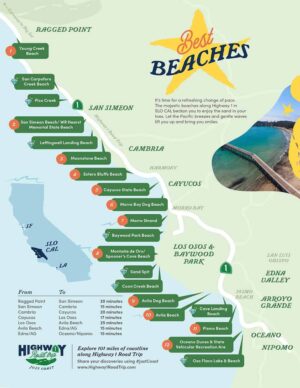Want to step back into California history? The historic Dana Adobe in Nipomo transports visitors back to the time of vaqueros, ranchos and Mexican land grants. This special event center, art gallery and park provides a unique window into life on the California frontier.
Explore Dana Adobe
History of the Dana Adobe
Like so many families that settled in California, the Dana family blended East Coast roots with those of Mexico and Spain. In 1828, William Dana, a sea captain from Boston, married the daughter of Carlos Antonio Carrillo, Governor of Alta California. Dana and his wife, Maria Josefa Carrillo, accepted a Mexican land grant called Rancho Nipomo, which comprised 38,000 acres.
In 1851, construction finished on the Dana Adobe, which the captain designed and built for his wife and 16 children. The house is the oldest in San Luis Obispo County, and was the first stopping place for travelers south of Mission San Luis Obispo de Tolosa. (Both stood along El Camino Real, or “the royal way,” which connected the state’s 21 missions.) Visitors could buy or sell a variety of goods at the adobe, including livestock, textiles, soap, candles, and more. The Dana Adobe was also an important waypoint along the mail route between Los Angeles and San Francisco.
For many years after Captain Dana’s death, the Dana Adobe stood abandoned and dilapidated. But a non-profit organization formed in 1999 to care for the aging residence and open it to the public as an event center. Today, the Dana Adobe is restored to its former state. The Dana Adobe is recognized on the National Register of Historic Places, as well as a California Historical Landmark in 2001. Visitors to the adobe enjoy panoramic views of the Nipomo Foothills, art installations, classes, special events, and more. For first-timers, a docent-led house tour offers a fun, educational way to jump into its history. Tours are available on weekends with expert guides, by appointment The Dana Adobe Visitor Center is open daily from 11am to 3pm.

Gardens of Dana Adobe
The Pollinator Garden
The focus of this garden is on pollinators and their importance to the environment around them. The plants and flowers here encourage many different types of pollinators to mingle and do their magic. Interpretive signs at the garden teach about how pollination is critical to the survival of many plants, foods, and species. Interestingly, while honeybees are known as star pollinators, their work actually discourages the presence of natural pollinators. So this garden is built to attract native pollinators like birds, ants, wasps, and, of course, butterflies. Species planted in the Pollinator Garden’s raised beds include several native California varieties like manzanita, milkweed, buckwheat, and several types of sage. The garden can be reached via an ADA-approved paved path that extends directly from the parking lot. Benches are also provided to encourage lingering, looking, and listening.
Chumash Garden
The Northern Chumash Tribe, or titʸu titʸu yak tiłhini, is indigenous to this part of California. Thousands of years ago, they made their homes along the edge of the Nipomo-Guadalupe Dunes and in Nipomo’s foothills. (The origin of the town’s name comes from the Chumash word nipumu? which means “foothills.”) Many years before the arrival of the first European settlers to the area, the Chumash people made use of this land to live. Valuable resources included the ocean, where they fished and clammed, the brush and plains where they hunted, and creeks where they sourced clean water. With their generations of expertise, they cultivated the ground for agriculture to provide food and medicine. They also used the plants they grew to make tools. The Chumash Garden shows some of the species the Chumash people valued, and how they used them.
Kitchen Garden
The Dana Adobe Kitchen Garden uses a classic Native American planting style from the mid-1800s called “The Three Sisters.” This method includes the combination of corn, beans, and squash planted together, which all benefit each other in a number of ways. The tall corn plants act as a natural trellis for the beanstalks to weave around and climb. The beans enrich the soil with their production of nitrogen, and the prickly squash branches protect the plants from pests. The food they produce can be used as tools and musical instruments, too, making the Kitchen Garden a critical addition to the Dana Adobe Gardens. It features native-style planting methods and varieties, and sits just southeast of the adobe via an ADA-accessible pathway.
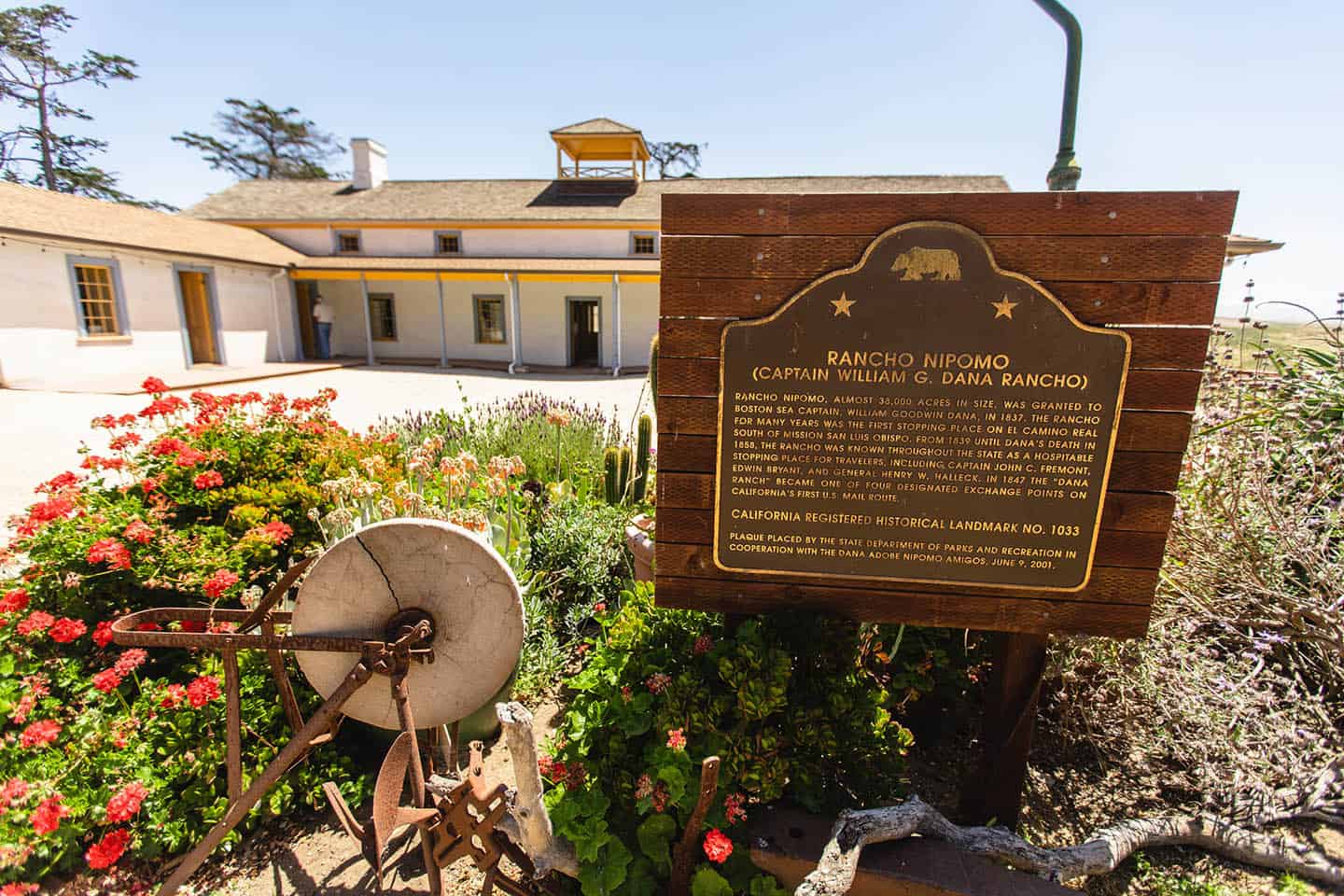
Hiking Trails
A system of pathways totalling one mile of trail surrounds the Dana Adobe. Each has significance to the natural and cultural history of this land. Take a walk along the Heritage Trail to follow in the footsteps of the El Camino Real, the “Way of Kings” that linked the 21 California Missions. The Railroad Trail mirrors the path of the old Pacific Coast Railway, a narrow gauge railroad that once traveled between Port San Luis and Los Olivos. And the Bird Trail follows the contours of the Nipomo Creek, an excellent spot for visitors interested in Birding on Highway 1 to add more species to their birding journal. Some previously seen birds here include Killdeer, Great Blue Herons, Grasshopper Sparrows, California Quail, and Warbling Vireos. (For best practices when birding or watching any kind of wildlife, see our Wildlife Viewing Tips page.)
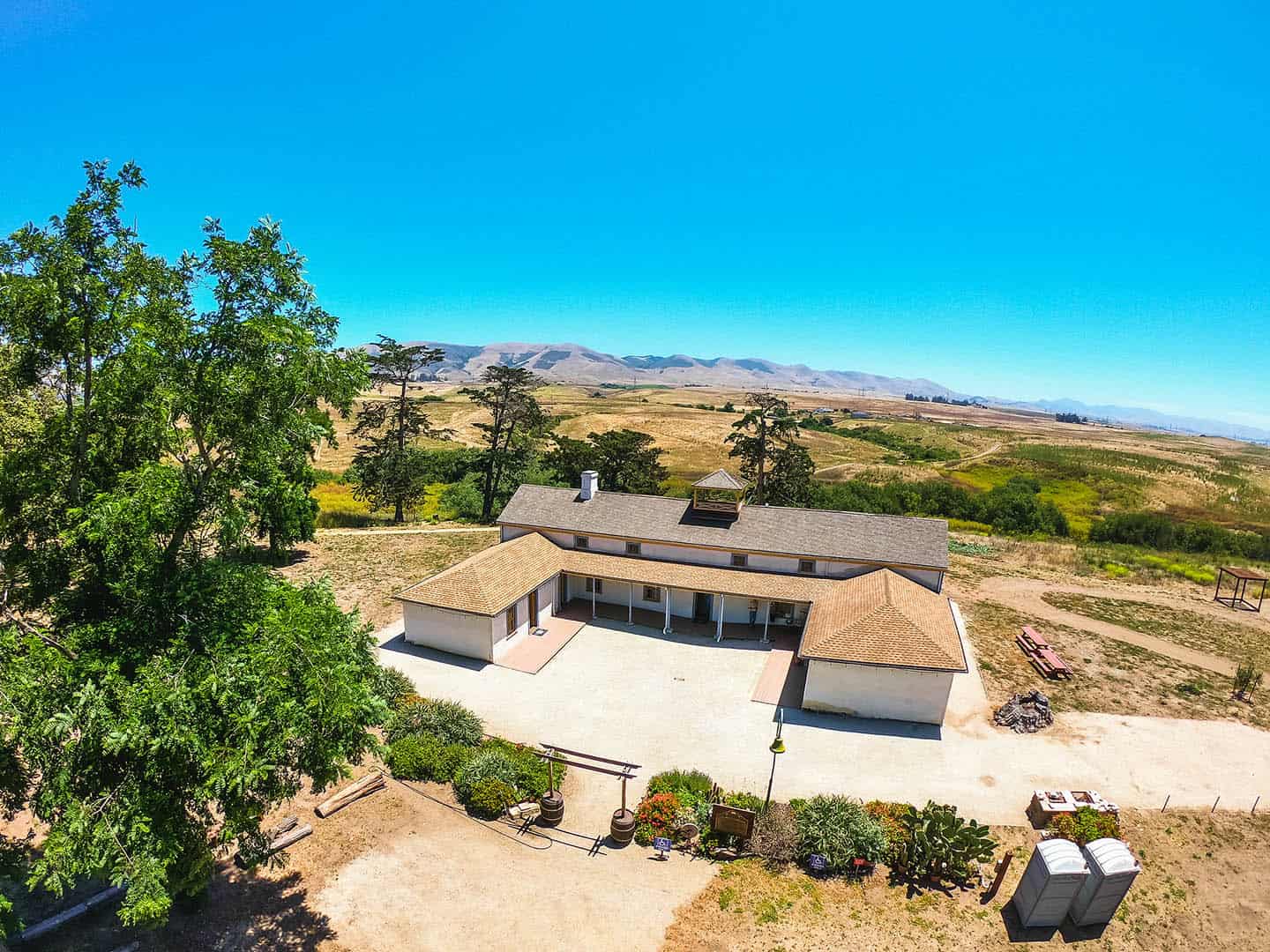
Events
The Dana Adobe hosts its own special event series, including annual seasonal favorites. Some previous events have included NatureFest, a celebration of the Dana Adobe’s natural abundance, with crafts, hikes, and animal presentations. The Halloween Bash featured a trunk-or-treat event complete with popcorn and an outdoor family-friendly movie. The Annual Fundraising Gala in December toasts the successes of the Dana Adobe in preserving and promoting Nipomo’s cultural and natural heritage. And an annual concert by western cowboy entertainer Dave Stamey offers an intimate concert, dinner and silent auction on the veranda. The adobe also hosts a monthly series called “Sunday Speakers” in which local experts provide insight into the local community’s history, environment, and culture.
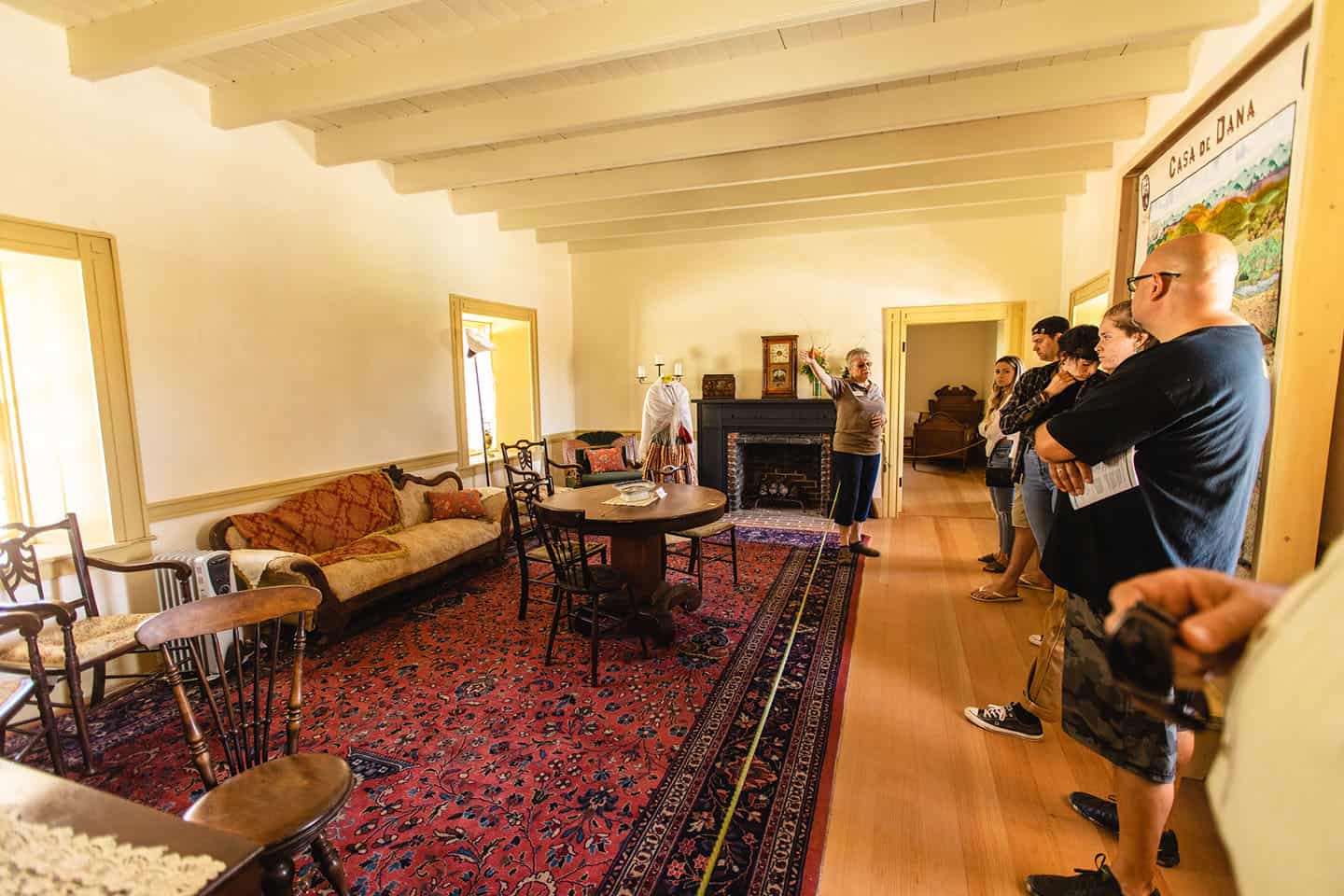
Event Venue
As a venue, the Dana Adobe is available for rent as a rustic outdoor wedding and/or special event venue. The 130 acres of grounds can accommodate small to large groups of up to 300 guests. With its romantic sweeping views of the Nipomo foothills, rustic charm and historic significance, the Dana Adobe makes a stunning wine country wedding venue. The property includes facilities like restrooms, kitchen and ADA accessibility; and all revenue goes to supporting the operations and mission of the adobe.

Education
Children are guests of honor at the Dana Adobe, where they are encouraged to connect with its natural and cultural history. The adobe holds a summer day camp each year to educate and inspire kids to learn about local wildlife and habitats. These camps also explore what life on the Rancho was like through activities and exercises that bring early California to life. The Dana Adobe also hosts over 1,500 school children each year through docent-led half-day programs that educate third-, fourth-, and fifth-graders. Teachers have their choice of several different field trip programs, depending on their class focus. These may include activities like learning Mexican folk dances, tortilla-making, roping, birdwatching, nature walks, and learning about village life for members of the titʸu titʸu yak tiłhini Chumash Tribe.
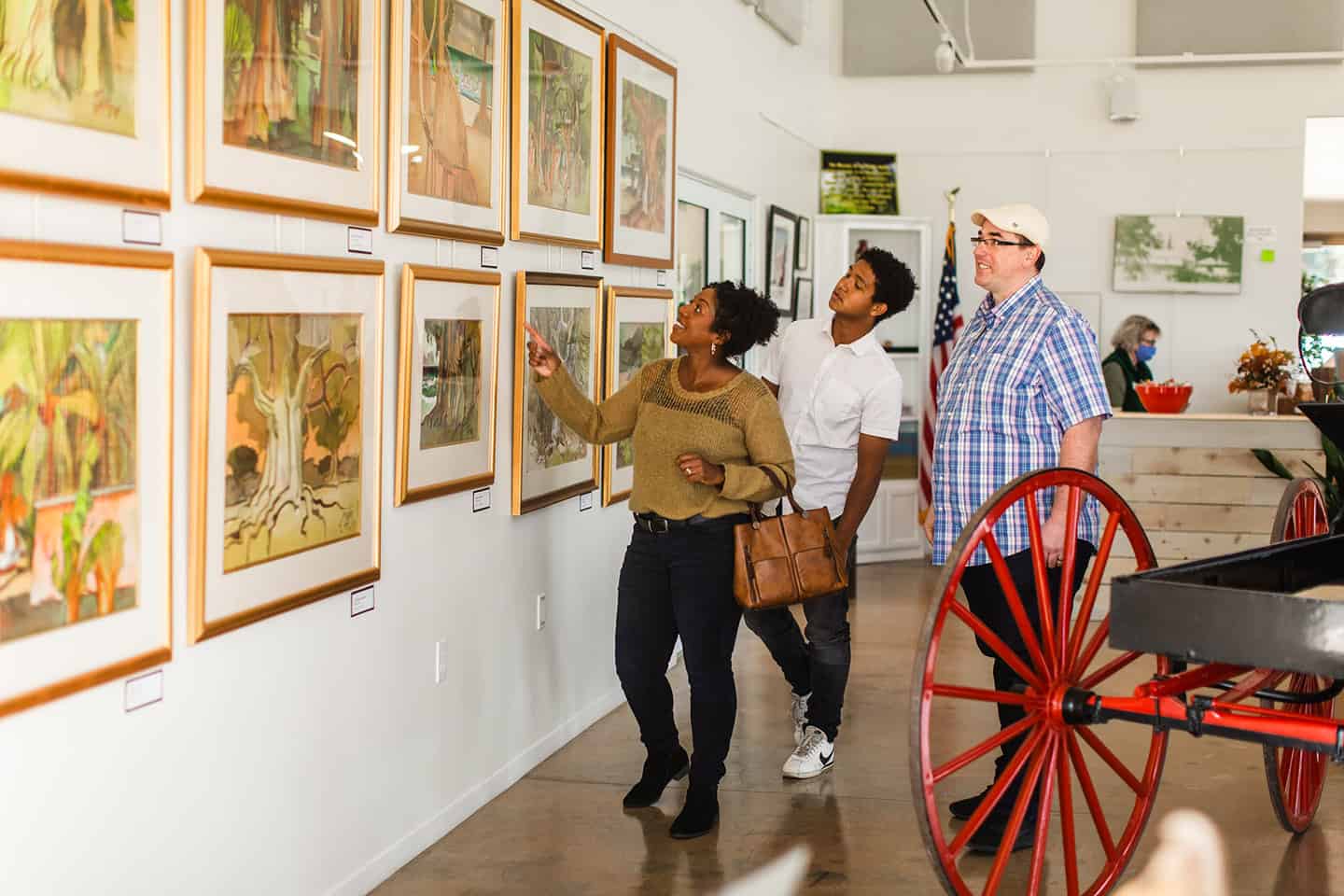
Other Activities Near the Dana Adobe
Before or after exploring California’s early rancho days, why not enjoy another local attraction? Try one of these to complement your Dana Adobe experience.
The Luffa Farm
Tucked back on the Nipomo Mesa, the Luffa Farm grows luffas ― those scrubby, porous sponges we use in the bath or shower to soap up and exfoliate our skin. Many believe luffas grow in the ocean like coral or seaweed, but they actually grow from gourds in greenhouses. At the Luffa Farm in Nipomo, visitors can learn about how luffas grow, the process for harvesting them, and tour the ranch.

Oceano Train Depot
A relic of bygone days, the Oceano Train Depot is now a museum displaying vintage train cars, tools, historic photos and model railroads. Walk inside a Southern Pacific Railroad train car, see artifacts from the bohemian Dunite community that once lived in Oceano, and more.
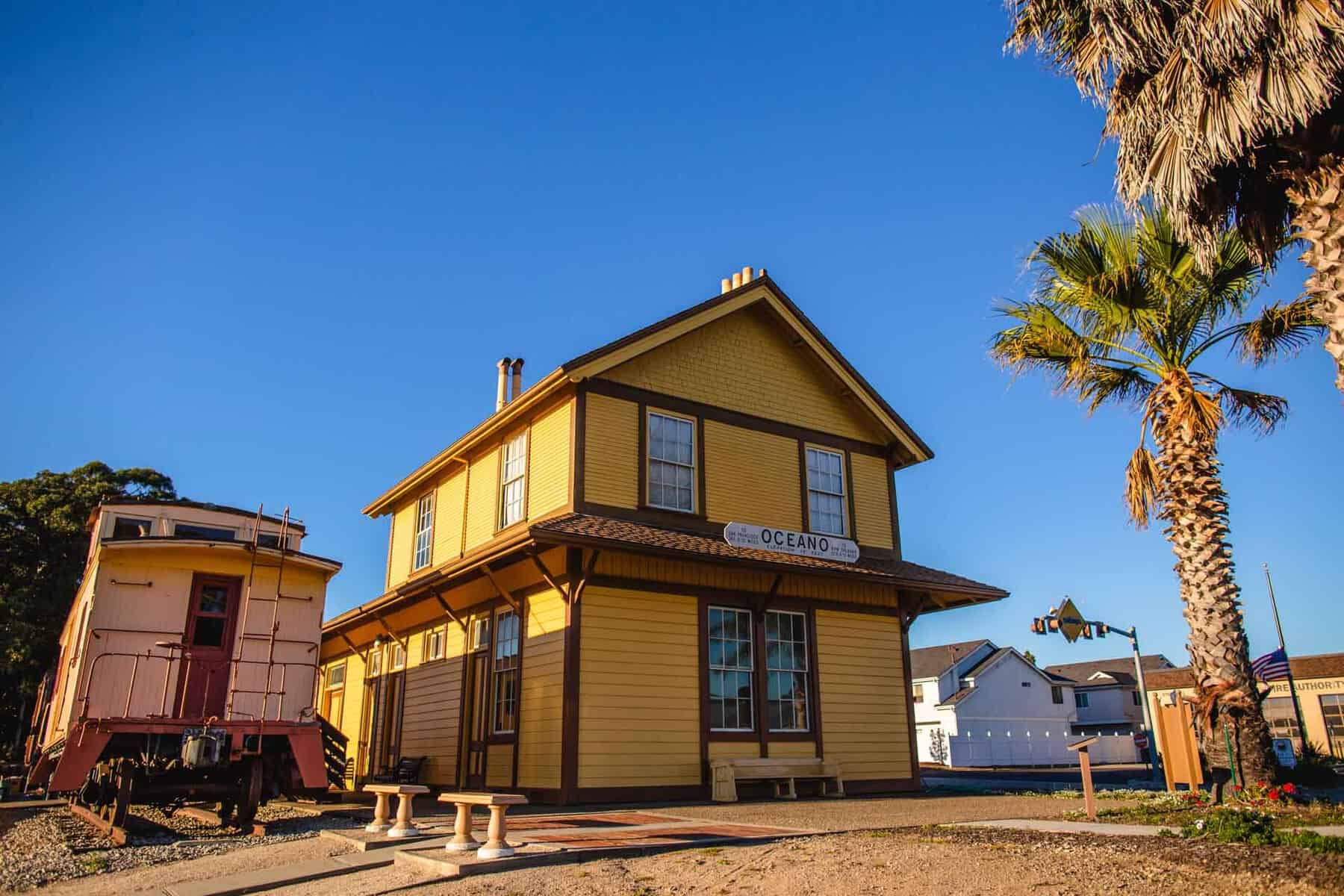
Great American Melodrama
This old-timey melodrama theater specializes in fun and guffaws for the whole family. Everyone from kids to great-grandparents will enjoy booing the villain, cheering the hero, and giggling at plenty of uproarious silliness. Between acts, cast members sling food and drink behind the snack bar. Be sure to bring a few extra dollars for tips, and enjoy the way they thank you: with melodious singing.

Monarch Butterfly Grove
A wonder of natural beauty, the Monarch Butterfly Preserve on Highway 1 in Oceano sees up to 230,000 Monarchs in a single season. These large orange and black butterflies migrate up and down the West Coast, from Canada to an Diego. Along the way, they stop at a point on Highway 1 where the eucalyptus trees hang heavy with butterflies, especially in the winter. Come see for yourself: admission and docent talks are free.


Stewardship travel for good
History is alive at this significant landmark, and it relies on volunteers to preserve it. The Dana Adobe offers volunteer and docent opportunities to keep the building, tours, and programs operating and effective. Come lead tours, help take care of the grounds, provide outreach and support for schoolchildren visiting the site, and work special events. Not able to help? Come to the historic Dana Adobe, take a tour, and donate. Just being here builds a deep connection. For more on how to volunteer or donate, go to Dana Adobe



